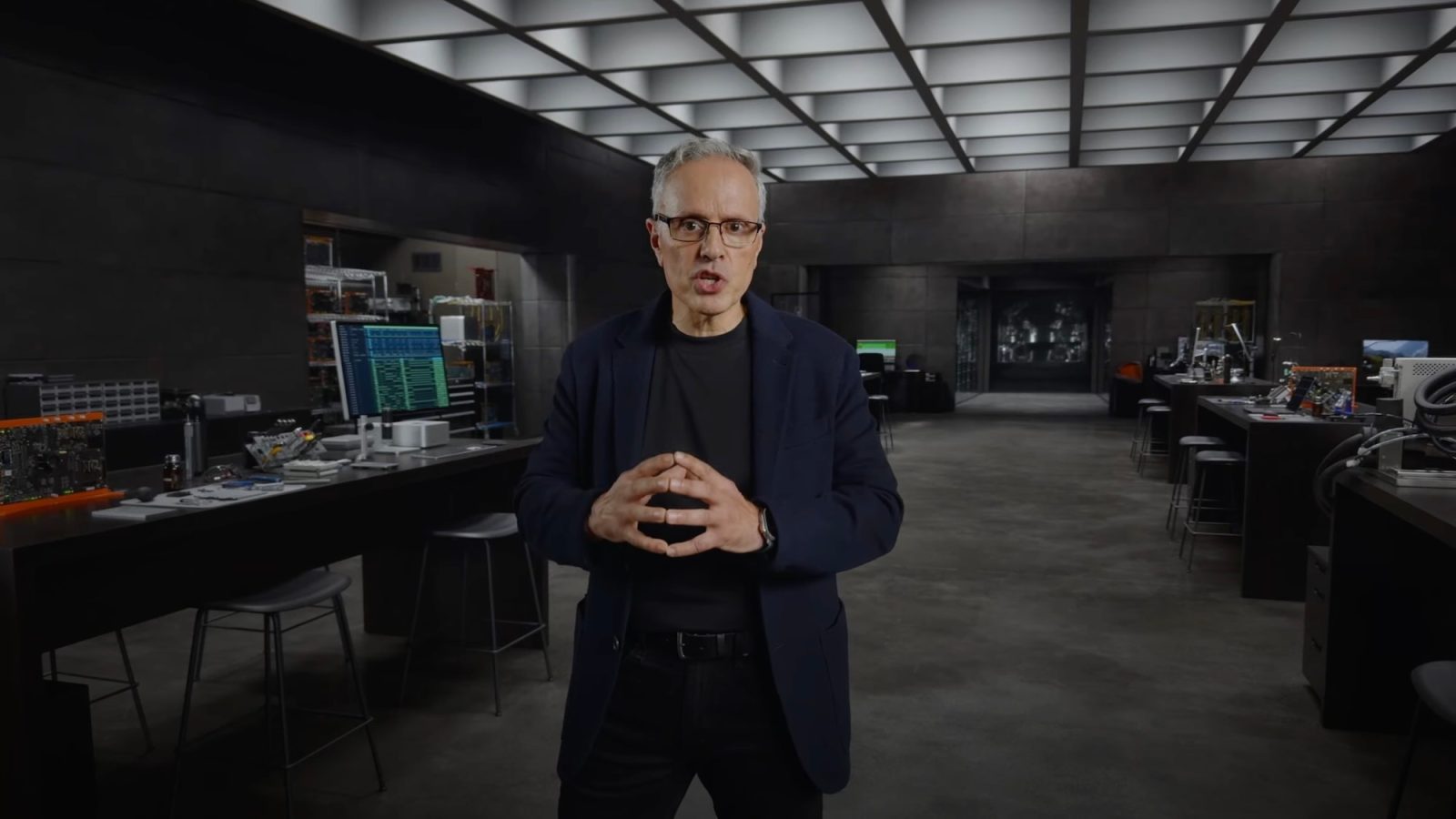
A new report and video from CNBC offers a rare in-depth look inside the team working on Apple Silicon. The report features interviews with Apple executives, a look inside Apple’s chip lab in Cupertino, and more.
“One of the most, if not the most, profound change at Apple, certainly in our products over the last 20 years, is how we now do so many of those technologies in-house,” said John Ternus, Apple’s Senior Vice President of Hardware Engineering, in the interview.
This story is supported by Mosyle, the only Apple Unified Platform. Mosyle is the only solution that fully integrates five different applications on a single Apple-only platform, allowing businesses and schools to easily and automatically deploy, manage, and protect all their Apple devices. Over 38,000 organizations leverage Mosyle solutions to automate the deployment, management, and security of millions of Apple devices daily. Request a FREE account today and discover how you can put your Apple fleet on auto-pilot at a price point that is hard to believe.

Also quoted in the interview is Johny Srouji, Apple’s Senior Vice President of Hardware Technologies. Srouji emphasized how Apple is able to keep a very “lean” portfolio of chips because it’s not selling those chips to other companies. This also gives Apple more “freedom to optimize” for its own products.
“We have thousands of engineers. But if you look at the portfolio of chips we do: very lean, actually. Very efficient,” Srouji explained. Because we’re not really selling chips outside, we focus on the product. That gives us freedom to optimize, and the scalable architecture lets us reuse pieces between different products.”
Ternus also spoke specifically about Apple’s efforts to replace Intel chips in the Mac with Apple Silicon. “We have a lot of work to do, but I think there’s so many Macs now, pretty much all Macs are capable of running Triple-A titles, which is not what it was like five years ago,” Ternus said.
“The reason we use 3-nanometer is it gives us the ability to pack more transistors in a given dimension. That is important for the product and much better power efficiency,” Srouji said about Apple’s first 3nm chips in the iPhone 15 Pro and MacBook Pro. “Even though we’re not a chip company, we are leading the industry for a reason.”
The first MacBook Air with Apple Silicon “was almost like the laws of physics had changed,” Ternus explained. “All of a sudden we could build a MacBook Air that’s incredibly thin and light, has no fan, 18 hours of battery life, and outperformed the MacBook Pro that we had just been shipping.”
But amid the success of the Apple Silicon chips in the iPhone, iPad, and Mac, there have been a number of reports about Apple’s attempts to make its own 5G modems. Currently, Apple uses 5G modems from Qualcomm – and pays the company around $9 per iPhone to do so.
When asked about Apple’s work to make 5G modems, Srouji said that he couldn’t comment on “future technologies and products.” He did, however, clarify: “We care about cellular, and we have teams enabling that.”
“Our aspiration is the product,” Srouji said, when asked if Apple will try to design every part of its chips. “We want to build the best products on the planet. As a technology team, which also includes the chips in this case, we want to build the best technology that would enable that vision.”
To deliver on that objective, Apple will “buy off the shelf” if it means the team can focus “on what really, really matters,” Srouji said.
The full report and video are absolutely worth checking out and can be found over at CNBC.
Follow Chance: Threads, Twitter, Instagram, and Mastodon.
FTC: We use income earning auto affiliate links. More.





Comments